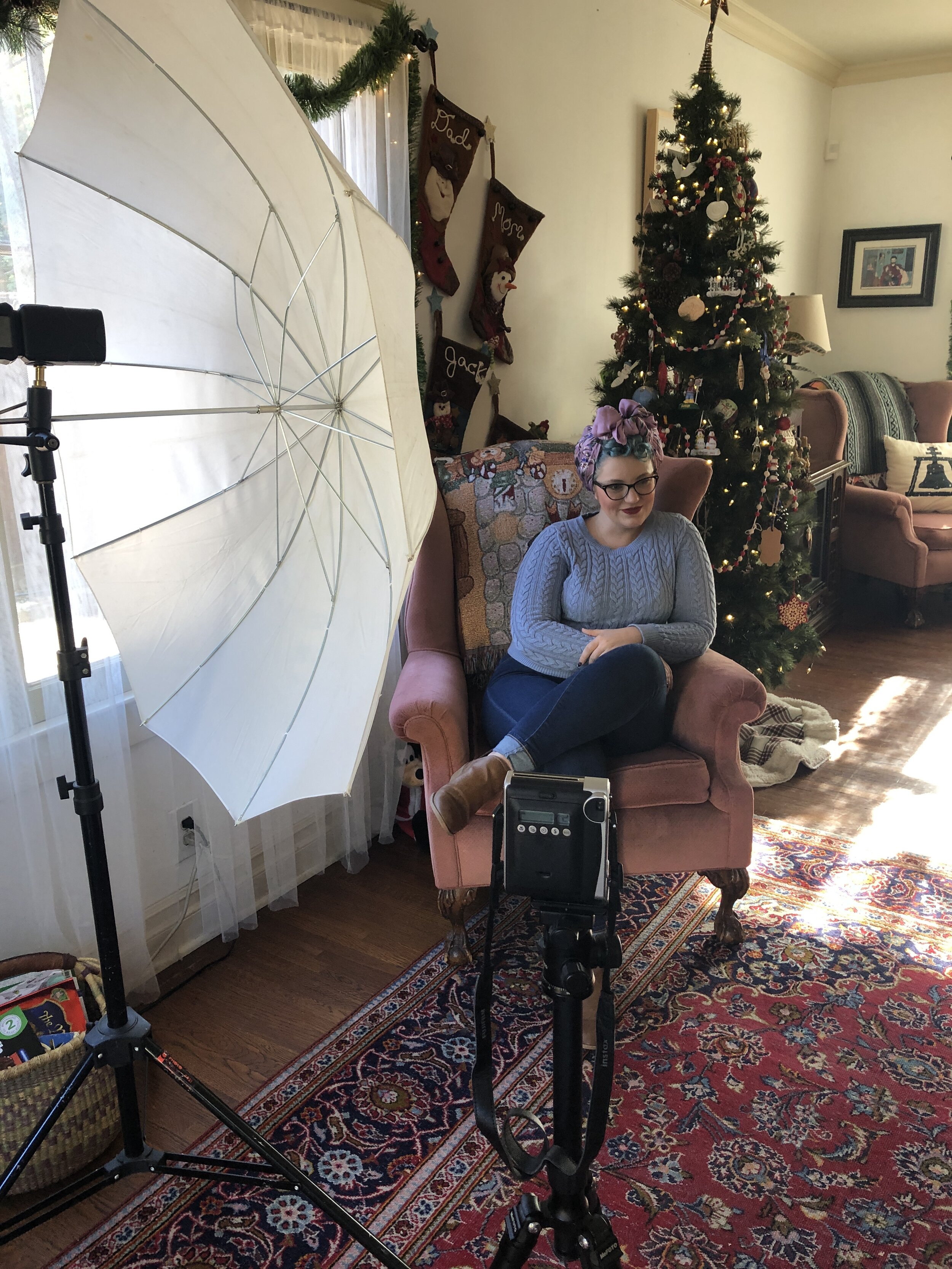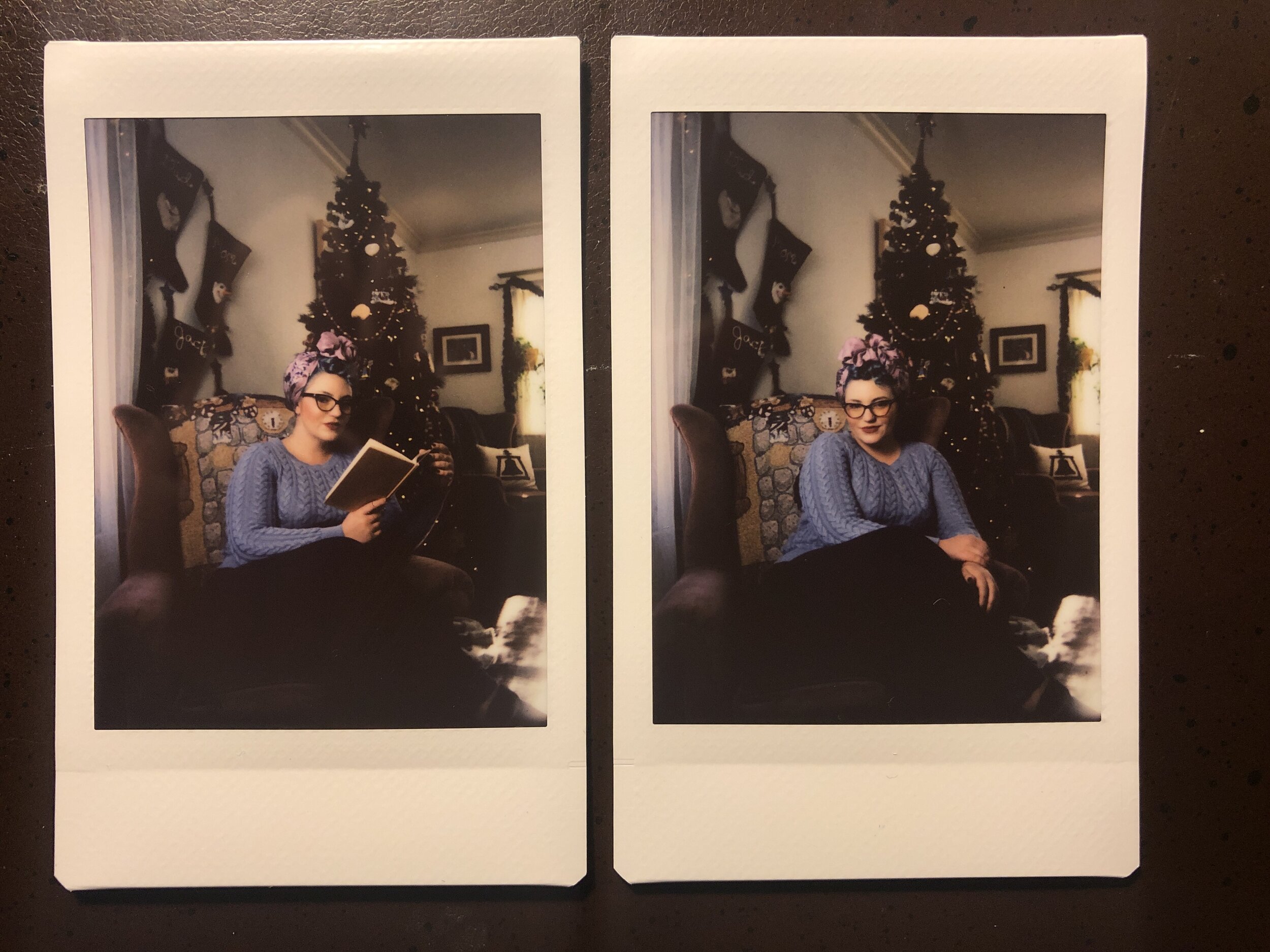How Many Product Images Do I Need?
So how many images do I need for each product?
It’s a question that comes up almost every time I work with a new e-commerce client: How many images do I need for each product?
There isn’t always a definitive answer to this. There are a few considerations to take into account when determining the right number of product photos to post on your shop product detail page (aka PDP).
What does the product tell you?
First and foremost, what do you want your customer to know about the product? If you are an internet only retailer, your online store is the only place where you customer can get information about your products, so what do you think they should know about it?
In general, a good place to start is 3 images: Front of the product, back of the product, and a detail shot. This is pretty typical for things like apparel, whether shot on a model or off-figure, and works well for most products in other categories.
Maybe your product is a purse or backpack, in which case you will still probably want a front, back, and detail shot, but maybe you want to add an interior shot so your customer can understand what the inside of the bag looks like.
Put yourself in the shoes of your customer, and try to imagine what you would want to see in order to make a decision to buy.
What does your Product Detail Page look like?
This is one thing that is often overlooked, but how are your product detail pages laid out? Does it look better with 4 images instead of 3? Are there parts of the page other than the main images where you can include additional detail images? Think about an Amazon listing, some listing pages have the standard image navigation, but as you scroll down the page, there are often additional detail images throughout the product information. Depending on how your PDP looks, it may look incomplete if you have too few product images, or overcrowded if you have too many.
Another thing to consider here: Does you PDP have flexibility in image count? If you sell not only apparel, but jewelry, sunglasses, handbags and other accessories, a standard image count may not work for all of those product categories. Some websites and platforms are structured in a way that allows flexibility in the number of product images you show, without sacrificing consistency.
Consider Mobile Users
Similar to the last section, you should consider how your product detail page looks on a mobile device. Product photos on your desktop site may be display in a carousel format that users can click through, but on mobile they may appear in a block of images that you must scroll through before any call to action (such as a Buy Now) button is visible. If they must scroll through 15 product images, that may discourage potential customers from buying if they don’t clearly see a way to purchase.
Are there platform requirements?
Maybe you have your own custom built e-Commerce site, or your using Shopify, Etsy, or selling on Amazon. Each of those may have their own requirements for product photography, not only number of images, but color space, resolution, and file size. This is also true if you are a brand supplying imagery to a retailer, check with the retailer if they have a required number of product images in order to sell on their site or platform.
Here are some resources for platform image requirements:
Amazon Product Image Requirements - Amazon
Additional Amazon Product Imagery Ideas - Business 2 Community
Shopify Image Requirements - Shopify
Who is your target demo?
Sometimes it’s worth checking out any information you can on regional differences in product photography expectations. Some regions may want as many as 15 photos of a single product, whereas other areas may only look through the first 3 or 4. As online purchasing grows and our e-Commerce businesses become more and more global, you may need to seek out information on what different global markets expect when it comes to product photos.
What are others in your space doing?
While I don’t always recommend comparing yourself to others when talking about content, creative, or product photography, is certainly can be useful to identify trends in product photography in your space, especially when trying to determine something practical like number of images to show.
Consider A/B testing
Most sites and retail platforms have a built in way to A/B test. For larger brands you can expand this to email campaigns, PPC campaigns, etc. I am not an expert in A/B testing, but in its simplest form, you have one version of the PDP with 3 product photos, and one version of the PDP with 8 product photos. Using a tool like Google Analytics, you can track conversions unique to each PDP, and use that to determine if the cost to product more product images is worth the return in conversion.
Here are some additional resources on A/B testing:
What is A/B testing - Big Commerce
The Complete Guide to A/B Testing - Shopify
Amazon A/B Testing Tips - PPC Entourage







